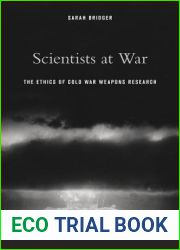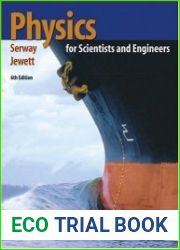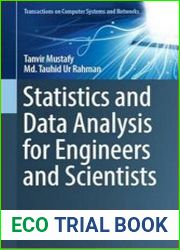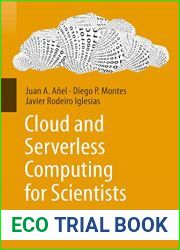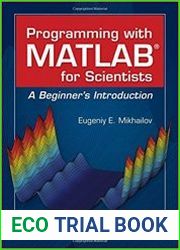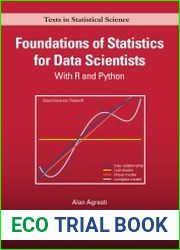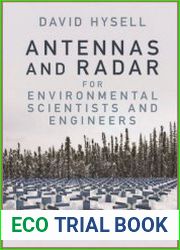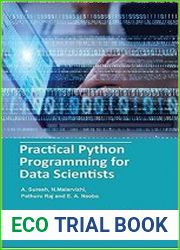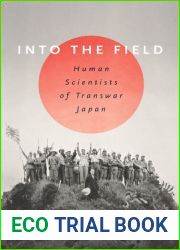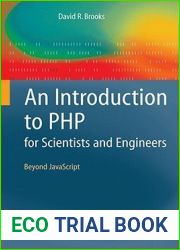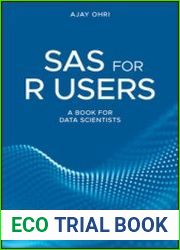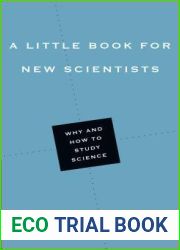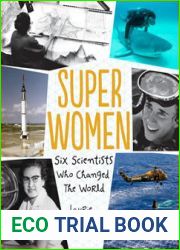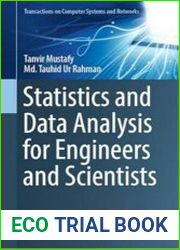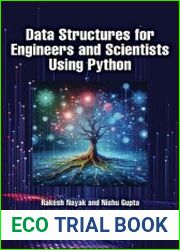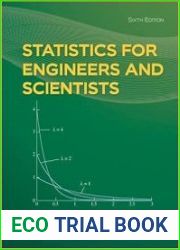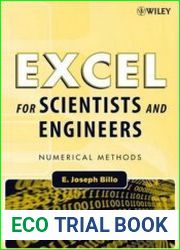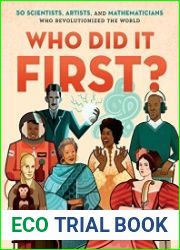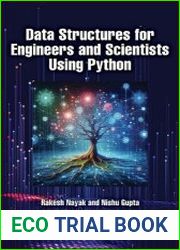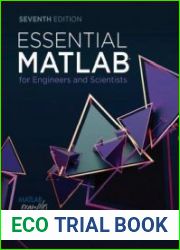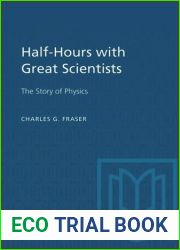
BOOKS - Scientists at War: The Ethics of Cold War Weapons Research

Scientists at War: The Ethics of Cold War Weapons Research
Author: Sarah Bridger
Year: April 6, 2015
Format: PDF
File size: PDF 1.8 MB
Language: English

Year: April 6, 2015
Format: PDF
File size: PDF 1.8 MB
Language: English

Scientists at War: The Ethics of Cold War Weapons Research In Scientists at War, author Sarah Bridger delves into the ethical debates that shook the American scientific community during the Cold War, highlighting the significant contributions of scientists to military technologies and strategic policymaking from the dawn of the atomic age in the 1940s to the Strategic Defense Initiative (Star Wars) in the 1980s. This book provides a detailed account of how these developments sparked cross-generational opposition among scientists, leading to a fractured relationship between government and science. The Manhattan Project in the early 1940s and the crisis triggered by the launch of Sputnik in 1957 significantly enhanced the political clout of American scientists. However, many who took up government roles felt a strong sense of duty to advocate for arms control, pushing for a nuclear test ban. Bridger investigates the internal debate over nuclear weapons policy during the Eisenhower and Kennedy administrations, where scientific advisors not only provided technical assessments but also made impassioned moral cases for a nuclear test ban. As the Vietnam War raged on, younger scientists inside and outside of government began questioning the morality of using chemical defoliants, napalm, and other non-nuclear weapons. University campuses erupted in protest against classified weapons research conducted in lab settings, causing a rift between elder statesmen of science who once believed they could wield influence from within and the younger generation. This led to a coalition that opposed Star Wars in the 1980s and a diminished role for scientists as counselors to future presidents.
Ученые на войне: Этика исследований оружия холодной войны у ученых на войне, автор Сара Бриджер углубляется в этические дебаты, потрясшие американское научное сообщество во время холодной войны, подчеркивая значительный вклад ученых в военные технологии и разработку стратегической политики с начала атомного века в 1940-х годах до Стратегической оборонной инициативы (Звездные войны) в 1980-х годах. Эта книга содержит подробное описание того, как эти события вызвали противостояние между поколениями среди ученых, что привело к разрыву отношений между правительством и наукой. Манхэттенский проект в начале 1940-х годов и кризис, вызванный запуском Спутника в 1957 году, значительно усилили политическое влияние американских учёных. Однако многие из тех, кто занял государственные должности, почувствовали сильное чувство долга выступать за контроль над вооружениями, добиваясь запрета на ядерные испытания. Бриджер расследует внутренние дебаты о политике в отношении ядерного оружия во время администраций Эйзенхауэра и Кеннеди, где научные советники не только давали технические оценки, но и делали страстные моральные доводы в пользу запрета на ядерные испытания. По мере того, как бушевала война во Вьетнаме, молодые ученые внутри и вне правительства начали подвергать сомнению мораль использования химических дефолиантов, напалма и другого неядерного оружия. Университетские кампусы вспыхнули в знак протеста против секретных исследований оружия, проводимых в лабораторных условиях, что вызвало раскол между старшими государственными деятелями науки, которые когда-то полагали, что они могут оказывать влияние изнутри, и молодым поколением. Это привело к созданию коалиции, выступавшей против «Звездных войн» в 1980-х годах, и уменьшению роли ученых в качестве советников будущих президентов.
Scientifiques en guerre : L'éthique de la recherche sur les armes de guerre froide chez les scientifiques en guerre, l'auteure Sarah Bridger s'attarde sur le débat éthique qui a secoué la communauté scientifique américaine pendant la guerre froide, soulignant l'importante contribution des scientifiques à la technologie militaire et à l'élaboration de politiques stratégiques depuis le début de l'âge atomique dans les années 1940 jusqu'à l'Initiative de défense stratégique (Star WW) dans les années 1980. Ce livre contient une description détaillée de la façon dont ces événements ont provoqué une confrontation entre les générations parmi les scientifiques, conduisant à une rupture des relations entre le gouvernement et la science. projet de Manhattan au début des années 1940 et la crise causée par le lancement de Spoutnik en 1957 ont considérablement renforcé l'influence politique des scientifiques américains. Mais bon nombre de ceux qui ont pris des fonctions publiques se sont sentis obligés de défendre la maîtrise des armements pour obtenir l'interdiction des essais nucléaires. Bridger enquête sur le débat interne sur la politique nucléaire pendant les administrations Eisenhower et Kennedy, où les conseillers scientifiques ont non seulement donné des évaluations techniques, mais aussi fait des arguments moraux passionnés en faveur de l'interdiction des essais nucléaires. Alors que la guerre du Vietnam faisait rage, de jeunes chercheurs, à l'intérieur et à l'extérieur du gouvernement, ont commencé à remettre en question la moralité de l'utilisation de défoliants chimiques, de napalm et d'autres armes non nucléaires. s campus universitaires ont éclaté pour protester contre la recherche secrète sur les armes en laboratoire, ce qui a provoqué des divisions entre les hauts responsables de la science, qui pensaient autrefois qu'ils pouvaient avoir une influence de l'intérieur et la jeune génération. Cela a conduit à la création d'une coalition contre Star Wars dans les années 1980 et à la réduction du rôle des scientifiques en tant que conseillers des futurs présidents.
Científicos en la guerra: La ética de la investigación sobre las armas de la Guerra Fría en los científicos en la guerra, la autora Sarah Bridger profundiza en el debate ético que sacudió a la comunidad científica estadounidense durante la Guerra Fría, destacando la importante contribución de los científicos a la tecnología militar y el desarrollo de políticas estratégicas desde el comienzo de la era atómica en la década de 1940 hasta la Iniciativa de Defensa Estratégica (Star WarWar) en la década de 1980. Este libro contiene una descripción detallada de cómo estos acontecimientos provocaron un enfrentamiento intergeneracional entre los científicos, lo que llevó a la ruptura de las relaciones entre el gobierno y la ciencia. proyecto de Manhattan a principios de la década de 1940 y la crisis provocada por el lanzamiento del Sputnik en 1957 aumentaron considerablemente la influencia política de los científicos estadounidenses. n embargo, muchos de los que han asumido cargos públicos han sentido un fuerte sentido del deber de abogar por el control de armamentos, buscando la prohibición de los ensayos nucleares. Bridger investiga un debate interno sobre la política de armas nucleares durante las administraciones de Eisenhower y Kennedy, donde los asesores científicos no solo dieron evaluaciones técnicas, sino que hicieron apasionados argumentos morales a favor de la prohibición de los ensayos nucleares. Mientras la guerra de Vietnam arrasaba, jóvenes científicos dentro y fuera del gobierno comenzaron a cuestionar la moralidad del uso de defoliantes químicos, napalm y otras armas no nucleares. campus universitarios estallaron en protesta por la investigación secreta de armas que se lleva a cabo en ambientes de laboratorio, lo que provocó una división entre los altos estadistas de la ciencia, que una vez creyeron que podían tener influencia desde dentro, y la generación más joven. Esto llevó a la creación de una coalición opuesta a Star Wars en la década de 1980, y a la disminución del papel de los científicos como asesores de los futuros presidentes.
Wissenschaftler im Krieg: Ethik der Erforschung von Waffen des Kalten Krieges bei Wissenschaftlern im Krieg, Autorin Sarah Bridger geht tiefer in die ethischen Debatten ein, die die amerikanische Wissenschaftsgemeinschaft während des Kalten Krieges erschütterten, und hebt den bedeutenden Beitrag von Wissenschaftlern zur Militärtechnologie und strategischen Politikentwicklung vom Beginn des Atomzeitalters in den 1940er Jahren bis zur Strategischen Verteidigungsinitiative (Star Wars) in den 1980er Jahren hervor. Dieses Buch enthält eine detaillierte Beschreibung, wie diese Ereignisse eine generationenübergreifende Konfrontation unter Wissenschaftlern ausgelöst haben, die zu einem Bruch in der Beziehung zwischen Regierung und Wissenschaft geführt hat. Das Manhattan-Projekt in den frühen 1940er Jahren und die Krise, die durch den Start von Sputnik im Jahr 1957 verursacht wurde, verstärkten den politischen Einfluss amerikanischer Wissenschaftler erheblich. Viele von denen, die öffentliche Ämter innehatten, fühlten sich jedoch stark verpflichtet, für Rüstungskontrolle einzutreten, indem sie ein Verbot von Atomtests anstrebten. Bridger untersucht die interne Debatte über die Atomwaffenpolitik während der Eisenhower und Kennedy-Regierungen, in denen wissenschaftliche Berater nicht nur technische Bewertungen abgaben, sondern auch leidenschaftliche moralische Argumente für ein Verbot von Atomtests vorbrachten. Als der Vietnamkrieg tobte, begannen junge Wissenschaftler innerhalb und außerhalb der Regierung, die Moral des Einsatzes von chemischen Entlaubungsmitteln, Napalm und anderen nicht-nuklearen Waffen in Frage zu stellen. Universitätscampus brach aus Protest gegen geheime Waffenforschung aus, die unter Laborbedingungen durchgeführt wurde, was zu einer Spaltung zwischen hochrangigen Wissenschaftlern, die einst glaubten, von innen heraus Einfluss ausüben zu können, und der jüngeren Generation führte. Dies führte zur Bildung einer Koalition, die sich in den 1980er Jahren gegen Star Wars stellte und die Rolle von Wissenschaftlern als Berater zukünftiger Präsidenten verringerte.
''
Savaştaki Bilim İnsanları: Savaştaki Bilim İnsanlarında Soğuk Savaş lah Araştırmalarının Etiği Yazar Sarah Bridger, Soğuk Savaş sırasında Amerikan bilim camiasını sarsan etik tartışmayı derinlemesine inceliyor. 1940'larda Atom Çağı'nın başlangıcından 1980'lerde Stratejik Savunma Girişimi'ne (Star Wars) kadar bilim adamlarının askeri teknolojiye ve stratejik politika gelişimine önemli katkılarını vurgulamak. Bu kitap, bu olayların bilim adamları arasında nesiller arası çatışmaya neden olduğunu ve bunun da hükümet ile bilim arasındaki ilişkilerde bir bozulmaya yol açtığını ayrıntılı bir şekilde açıklamaktadır. 1940'ların başındaki Manhattan Projesi ve 1957'de Sputnik'in fırlatılmasının yol açtığı kriz, Amerikalı bilim insanlarının siyasi etkisini önemli ölçüde artırdı. Bununla birlikte, kamu görevini üstlenenlerin çoğu, nükleer testlerin yasaklanmasını isteyerek silah kontrolünü savunmak için güçlü bir görev duygusu hissetti. Bridger, Eisenhower ve Kennedy yönetimleri sırasında nükleer silah politikası hakkındaki iç tartışmaları araştırıyor; burada bilimsel danışmanlar sadece teknik değerlendirmeler sağlamakla kalmıyor, aynı zamanda nükleer testlerin yasaklanması için tutkulu ahlaki argümanlar da ortaya koyuyor. Vietnam Savaşı şiddetlendikçe, hükümetin içindeki ve dışındaki genç bilim adamları kimyasal defoliantlar, napalm ve diğer nükleer olmayan silahların kullanılmasının ahlakını sorgulamaya başladılar. Üniversite kampüsleri, laboratuvar ortamlarında yapılan gizli silah araştırmalarını protesto etmek için patlak verdi ve bir zamanlar içeriden ve genç nesilden etki yapabileceklerine inanan üst düzey devlet bilimi figürleri arasında bir çatlağa neden oldu. Bu, 1980'lerde Star Wars'a karşı bir koalisyonun kurulmasına ve bilim adamlarının gelecekteki başkanlara danışman olarak rolünün azalmasına yol açtı.
Scientists at War: The Ethics of Cold War Weapons Research in Scientists at War, تتعمق الكاتبة سارة بريدجر في الجدل الأخلاقي الذي هز المجتمع العلمي الأمريكي خلال الحرب الباردة، تسليط الضوء على المساهمات الكبيرة للعلماء في التكنولوجيا العسكرية وتطوير السياسات الاستراتيجية منذ بداية العصر الذري في الأربعينيات من القرن الماضي في مبادرة الدفاع الاستراتيجي (حرب النجوم) في الثمانينيات. يحتوي هذا الكتاب على وصف مفصل لكيفية تسبب هذه الأحداث في مواجهة بين الأجيال بين العلماء، مما أدى إلى انهيار العلاقات بين الحكومة والعلوم. زاد مشروع مانهاتن في أوائل الأربعينيات والأزمة الناجمة عن إطلاق سبوتنيك في عام 1957 بشكل كبير من التأثير السياسي للعلماء الأمريكيين. ومع ذلك، شعر العديد ممن تولوا مناصب عامة بإحساس قوي بالواجب للدعوة إلى تحديد الأسلحة من خلال السعي إلى حظر التجارب النووية. يحقق بريدجر في المناقشات الداخلية حول سياسة الأسلحة النووية خلال إدارتي أيزنهاور وكينيدي، حيث لم يقدم المستشارون العلميون تقييمات تقنية فحسب، بل قدموا أيضًا حججًا أخلاقية عاطفية لحظر التجارب النووية. مع اندلاع حرب فيتنام، بدأ العلماء الشباب داخل وخارج الحكومة في التشكيك في أخلاقيات استخدام المواد الكيميائية المسببة للتعذيب والنابالم وغيرها من الأسلحة غير النووية. اندلعت حرم الجامعات احتجاجًا على أبحاث الأسلحة السرية التي أجريت في أماكن المختبرات، مما تسبب في حدوث خلاف بين كبار الشخصيات العلمية الحكومية التي اعتقدت ذات مرة أنها يمكن أن تمارس تأثيرًا من الداخل وجيل الشباب. أدى ذلك إلى إنشاء تحالف معارض لحرب النجوم في الثمانينيات وتضاؤل دور العلماء كمستشارين للرؤساء المستقبليين.







